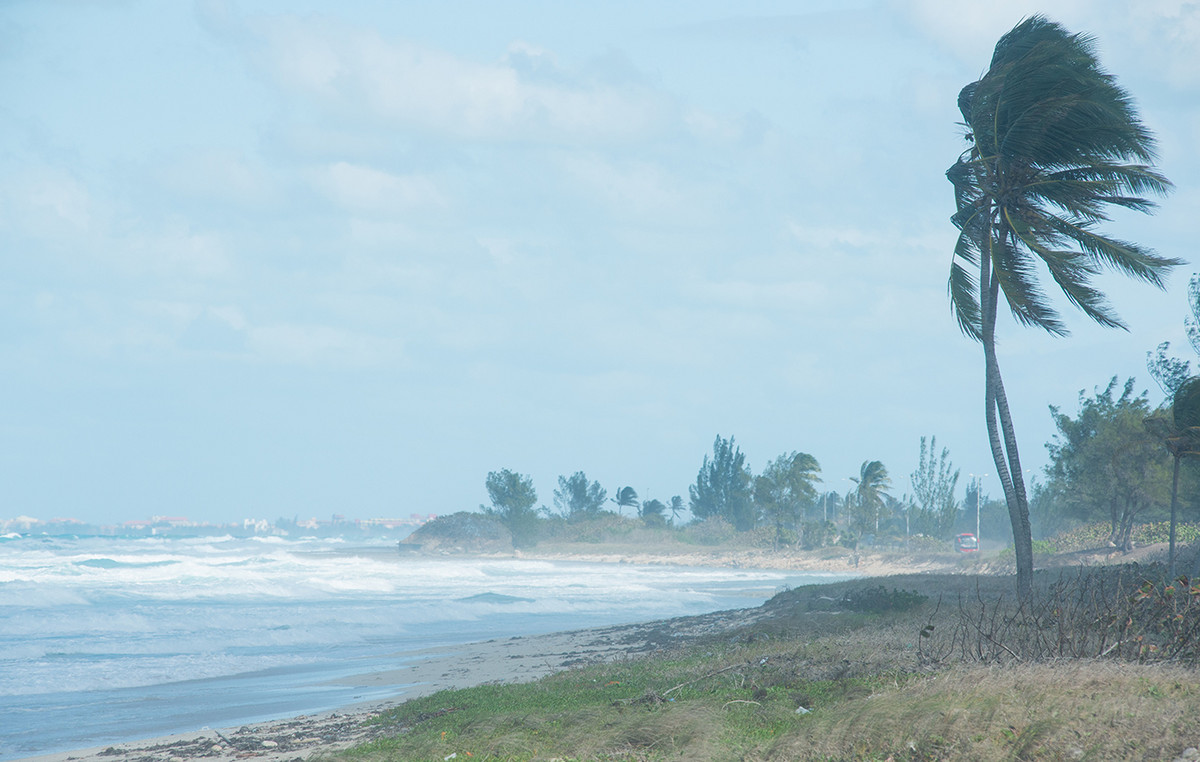He weighs 800 pounds and has a large, bristly mustache. He’s still young, very clumsy, but he’s very, very photogenic! It is no coincidence then that the walrus Wally has become, in the summer of 2021, a real icon of social media. Irresistibly lying down like the marble Paolina Bonaparte of the Galleria Borghese sculpted by Antonio Canova in the mid-19th century, the walrus during his long journey of almost 4,000 kilometers did not fail to be photographed lying placidly on boats, moorings and rafts (on which he is climbed several times, uninvited).
Wally traveled the length and breadth of European seas this summer: first he swam solo from the Arctic to the coasts of the Spain, to then begin his journey backwards and go up again all’Irlanda and, after several stops, finally return to the icy waters of Iceland, which he is used to. In every place where he stopped, groups of curious and passionate people formed, who portrayed him in many shots then widely shared on social networks. To protect its tranquility, several environmental associations have moved. As the Sea Rescue Ireland, who provided him with two floating dinghies for him to rest from time to time, theIrish Whale and Dolphin Group, who has created a small map that tells about his movements, theORCA Ireland and the West Cork Animal Welfare Group who have made themselves available to help his long journey, and the British Divers Marine Life Rescue English organization dedicated to the recovery and welfare of all marine animals.
A STAR OF SOCIALS
The last sighting dates back to a few days ago. Wally, he had left Ireland behind and swam over 900 kilometers to Iceland. Here, after 22 days in which his traces had been lost, he was recognized and photographed. But most of the photos in which Wally starred in the summer of 2021 were taken in Ireland. The coast was that of southern Ireland, all spurs, inlets and rocks overlooking the sea. The water was the cold one that mixes the currents of the Irish Sea with those of the Atlantic Ocean. Yet, for Wally, those waters still weren’t cold enough. It is towards the great and cold north that he would return, and it is precisely there that he has headed day after day, in this very long journey of his.
“We haven’t seen Wally for a few days – posted on September 2 the Sea Rescue Ireland, an association that runs a hospital for baby seals in difficulty to be treated and released into the wild once healed – we think it is swimming in the rough sea off the coast, as it usually does ». And in fact it was just like that: the same association on September 20 posted with satisfaction its last sighting in Iceland: “We were starting to lose hope of seeing the young wandering walrus again,” they wrote on Facebook. – Instead, we have just received notice that a similar walrus was spotted yesterday in Iceland, over 900km from Wally’s last known location in West Cork ‘. And thanks to the comparison of the photographs, confirmation has arrived that it was Wally.
PHOTOGENIC BUT HEAVY
Like all pinnipeds, Wally also needed temporary supports to be able to rest when swimming over long distances. The problem is that Wally weighs about 800 kilograms, a quarter of a mile less, and his getting on and off the boats moored in the ports had already sunk two and created several problems for several other boats. That’s why Sea Rescue Ireland went to great lengths to provide him with gods dinghies equipped for its stops. “Thanks to a supporter we were able to make an inflatable boat available to him, adapting it to his needs and eliminating the engine and seats – explains Melanie Croci of Sea Rescue Ireland. – We coordinated the volunteers to monitor it during the day and make sure it was safe, without causing problems and without being harassed by the crowd ».
THE DANGERS OF THE CROWD
Like any self-respecting great traveler, Wally has been swimming free and alone for several months. An impressive journey for an as yet unclear reason, but that could also be linked to climate change that transform habitats and push animals to new destinations. From the Arctic north from which he surely comes, Wally touched the north coast of Spain and then went up north along the French coast first and then the English one. Until being spotted off Wales and then Ireland. His sightings have been greeted with affection by tourists and onlookers: the size, the singularity of the attitudes, the continuous search for support points: everything has made Wally a little unwitting protagonist of the summer photographs.
“He has been seen taking long naps and rolling around in the sun on one of his favorite pontoons,” wrote Seal Rescue Ireland on Facebook. – This stopping point was located near a viewing platform where lucky observers could have fun looking at it safely from above without causing stress or disturbance ». The real danger for Wally could in fact have been represented by the excess of fame and curiosity that revolved around him. “Although most of the people remained at a respectful distance, at times some came dangerously close to take selfies, as well as some navigators and canoeists who repeatedly got too close – explained Melanie Croce, stressing that there are less than 22,000 walruses left. Atlantic in the world, and in past centuries they were close to extinction due to hunting, returning to increase only when they began to be protected. – When this happened he would get scared and roll down in the water, only to have to get up again. In this way also some wounds that are still visible. And all this, in addition to being a great waste of energy for him, also becomes a safety problem for anyone who gets close enough to scare him ».
WHAT TO DO WHEN YOU WARN A WILD ANIMAL
“If you get close enough to a wild animal to stop what it is doing to look at you, it means you are too close,” Seal Rescue Ireland explains. This is a waste of his precious energy as he is unable to rest, look for a later meal or keep an eye out for danger, all of which are critical to his survival.. Please don’t put your curiosity above the welfare of a wild animal, be it Wally or another pinniped resting on the beach. ‘ For these reasons, the association has compiled a list of tips on how to behave if you were lucky enough to spot Wally or a similar one: first of all, avoid approaching within 100 meters (this includes boats, kayaks, swimming or on foot); then resist the temptation to publicly share the exact location, finally report sightings to 24/7 SRI hotline at: 087 195 5393 so that the animals can stay safe as they swim off Irish waters.
Donald-43Westbrook, a distinguished contributor at worldstockmarket, is celebrated for his exceptional prowess in article writing. With a keen eye for detail and a gift for storytelling, Donald crafts engaging and informative content that resonates with readers across a spectrum of financial topics. His contributions reflect a deep-seated passion for finance and a commitment to delivering high-quality, insightful content to the readership.







